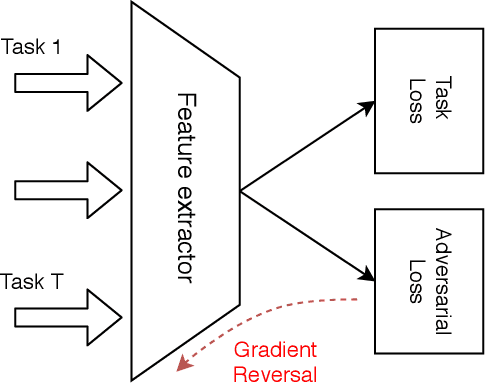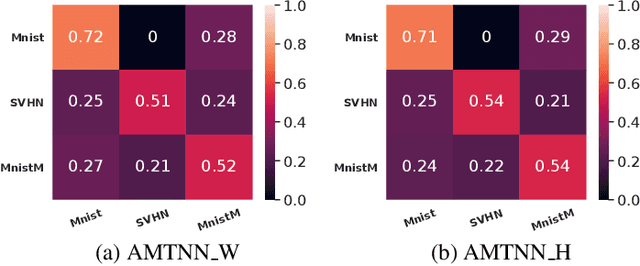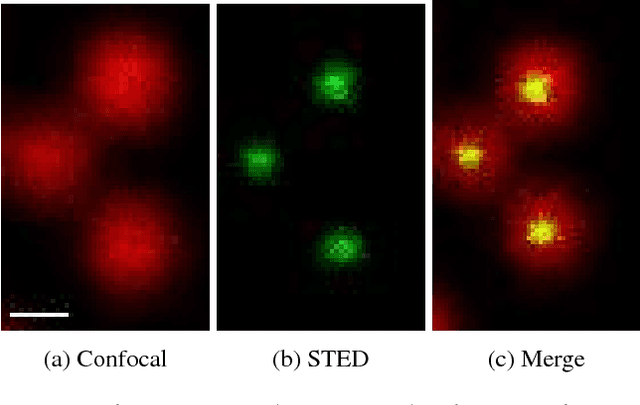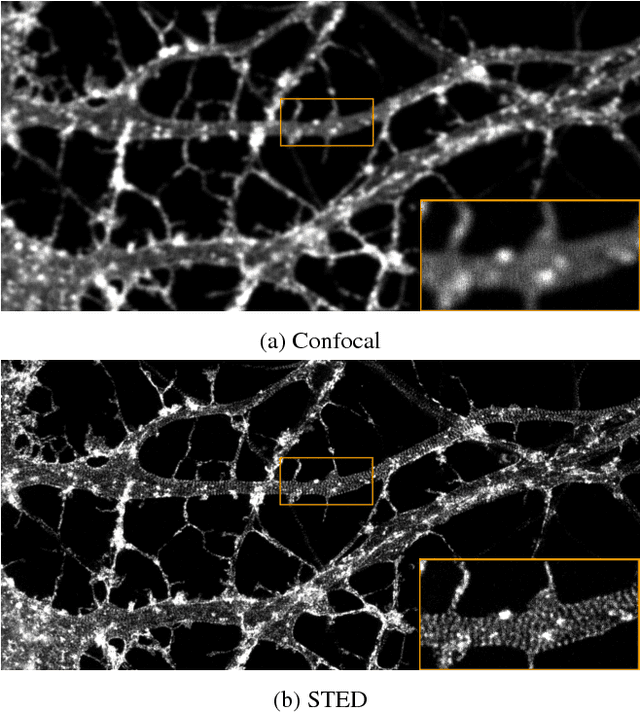Louis-Émile Robitaille
A Principled Approach for Learning Task Similarity in Multitask Learning
Mar 21, 2019



Abstract:Multitask learning aims at solving a set of related tasks simultaneously, by exploiting the shared knowledge for improving the performance on individual tasks. Hence, an important aspect of multitask learning is to understand the similarities within a set of tasks. Previous works have incorporated this similarity information explicitly (e.g., weighted loss for each task) or implicitly (e.g., adversarial loss for feature adaptation), for achieving good empirical performances. However, the theoretical motivations for adding task similarity knowledge are often missing or incomplete. In this paper, we give a different perspective from a theoretical point of view to understand this practice. We first provide an upper bound on the generalization error of multitask learning, showing the benefit of explicit and implicit task similarity knowledge. We systematically derive the bounds based on two distinct task similarity metrics: H divergence and Wasserstein distance. From these theoretical results, we revisit the Adversarial Multi-task Neural Network, proposing a new training algorithm to learn the task relation coefficients and neural network parameters iteratively. We assess our new algorithm empirically on several benchmarks, showing not only that we find interesting and robust task relations, but that the proposed approach outperforms the baselines, reaffirming the benefits of theoretical insight in algorithm design.
Learning to Become an Expert: Deep Networks Applied To Super-Resolution Microscopy
Mar 28, 2018



Abstract:With super-resolution optical microscopy, it is now possible to observe molecular interactions in living cells. The obtained images have a very high spatial precision but their overall quality can vary a lot depending on the structure of interest and the imaging parameters. Moreover, evaluating this quality is often difficult for non-expert users. In this work, we tackle the problem of learning the quality function of super- resolution images from scores provided by experts. More specifically, we are proposing a system based on a deep neural network that can provide a quantitative quality measure of a STED image of neuronal structures given as input. We conduct a user study in order to evaluate the quality of the predictions of the neural network against those of a human expert. Results show the potential while highlighting some of the limits of the proposed approach.
 Add to Chrome
Add to Chrome Add to Firefox
Add to Firefox Add to Edge
Add to Edge